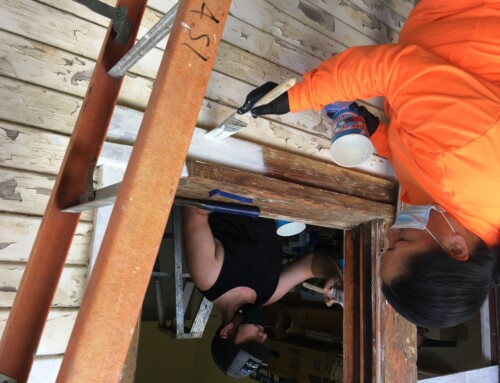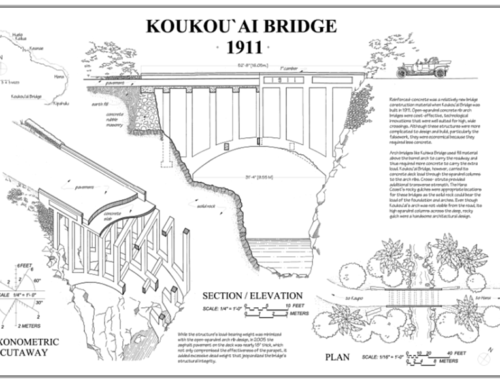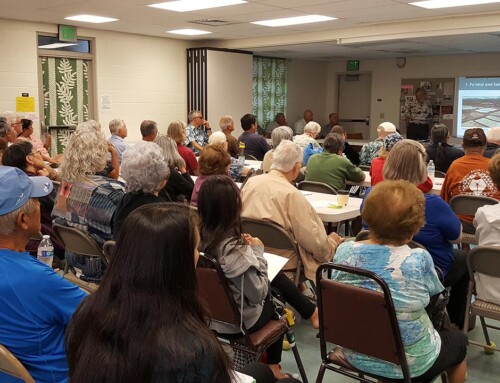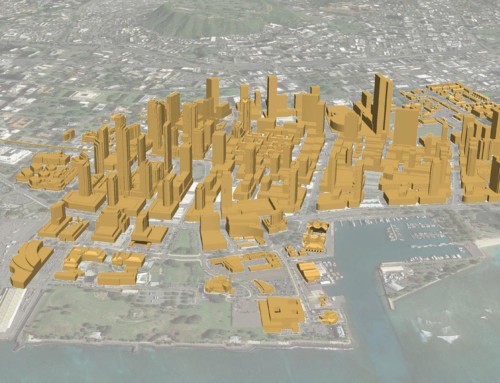While historic property owners must adhere to federal standards for rehabilitation if they want to alter and repair their buildings to ensure historic integrity and compatible alterations, the benefits of being listed on the State and National Register are primarily honorific.
To encourage the preservation of historic buildings, state and local governments may elect to use certain regulatory incentives. Programs for granting additional land use rights in exchange for historic preservation commitments are well established in the land use code and planning practice both in Hawai‘i and in other states.
The concept behind these programs is that protection of historic and cultural sites benefit the public at large through preserving significant properties important to Hawaii’s history; improving the community’s quality of life; providing economic development opportunities; and contributing to environmental sustainability. Although the entire community benefits from preserving our collective heritage, most historic properties are in private ownership and the primary costs of their preservation is often born by the private sector. Therefore, governments offer a variety of incentives to help make preservation feasible, affordable and accessible.
These incentives can take the form of tax credits or exemptions, additional approved uses in certain zone districts, or additional density or development entitlements. The concept of transfer of development rights from a donating parcel (the historic or conservation area) to a receiving parcel (the urban or high-density area) has been used successfully across the country for both historic preservation and conservation of natural and agricultural lands.
Another common method for preservation is to permit owners of historic properties to operate limited income-producing activities in areas zoned only for residential, such as a bed and breakfast, conference facility or museum. These conditional uses are subject to both administrative review and, often, public hearings to ensure that the community impacts from the use are not greater than the community benefit from the preservation.
Incentives which encourage preservation inevitably present trade-offs. These are usually unavoidable. A condition use permit for example, might allow the owner of a large historic home to operate a bed and breakfast, but there will be impacts on the neighborhood resulting from the commercial activity. In the same way, TDRs might encourage the owner of an historic building to avoid demolition through the sale of the property’s development rights, but the buyers of those air rights could then erect an adjacent building that is out of scale with the neighborhood.
Careful consideration of both the benefits and risks need to be balanced when using this techniques, but many significant buildings, lands and sites can be preserved through the appropriate use of these incentives.








